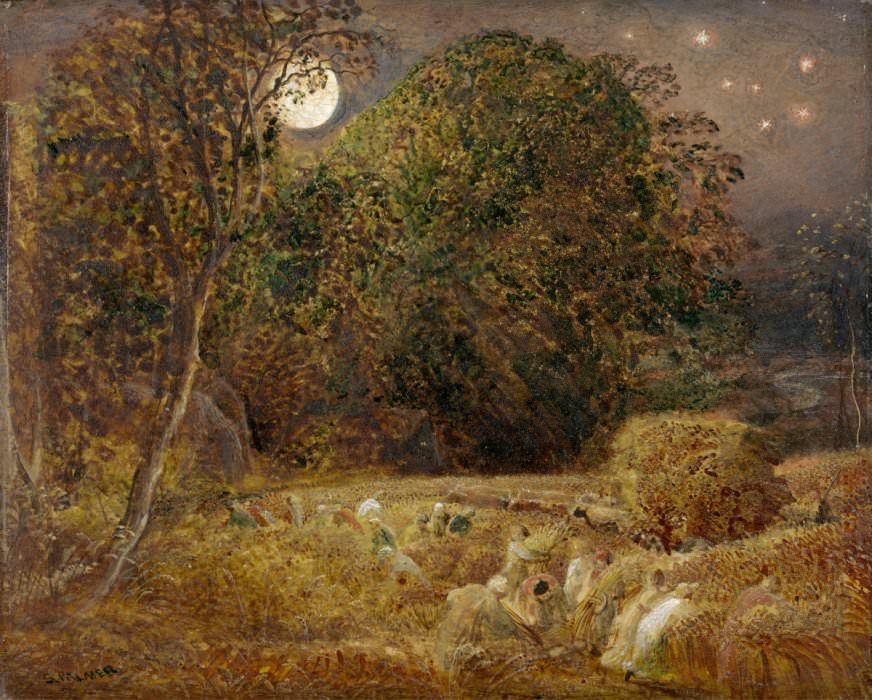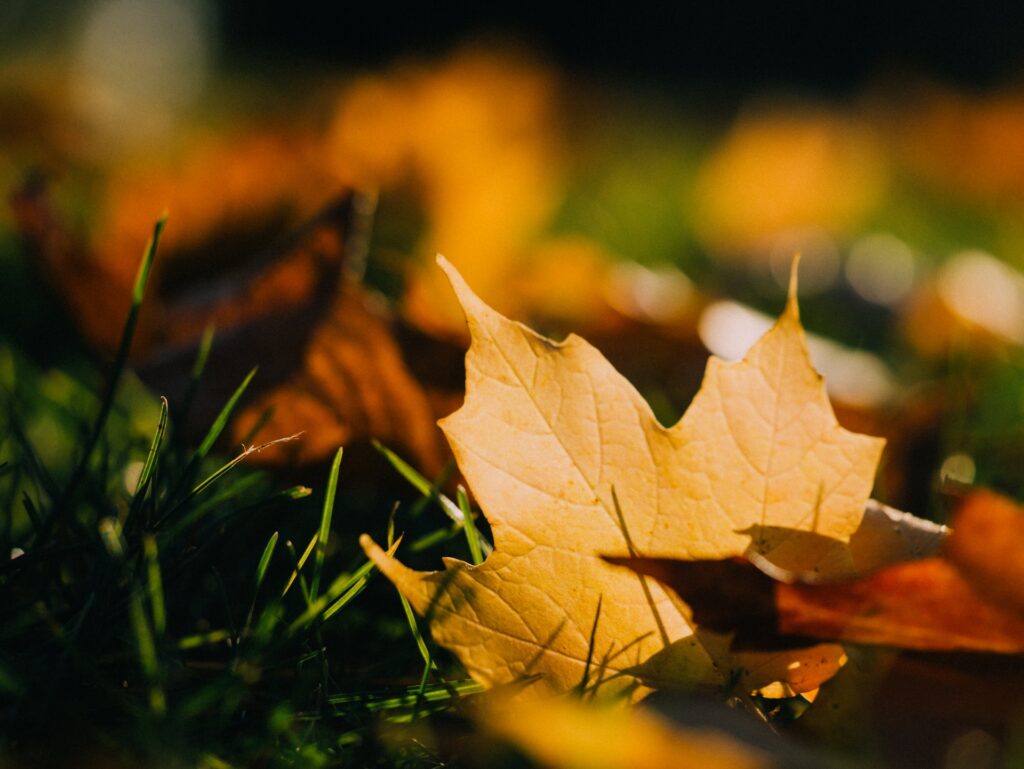This article was revised on 23rd September 2023.
It’s the time of the year again!! The Autumn Equinox, also known as Fall equinox is here (in the Northern Hemisphere) and the leaves are slowly turning to hues of red, yellow and brown. The word “equinox” has its roots in Latin where “equi” means equal and “nox” means nights. So, yes what we’ve been taught in our schools is almost true; we’ve almost equal durations of day and night at most of the places on Earth.

Meteorological vs Astronomical Fall
The concept of the arrival of the fall is not fixed as it can be interpreted in two different ways. The first is the meteorological fall which is defined by the weather and usually begins at the onset of September. The other is the astronomical fall which depends on the movement of the Earth around the sun. It usually occurs on the 22nd/23rd of September. This year it is on September 23 at 06:50 UTC.
Autumn Equinox – Not Always On The Same Date Each Year
The variation in equinox dates happens due to the disparity between the Gregorian calendar’s definition of a year (which is 365 days), and the Earth’s actual orbital period around the sun (Which is approximately 365 and 1/4 days). An Autumn Equinox can very rarely occur on September 21 or September 24. A September 21 equinox hasn’t yet happened in the 21st century and will happen only in the years 2092 and 2096, while a September 24 equinox is scheduled in a far future, in 2303.
Earth & Sun At Play
Earth’s axis is tilted at 23.5 degrees relative to its orbital plane around the sun, which is the major cause of change of seasons on Earth. Because of this tilt, sun’s rays do not fall evenly on the Northern and Southern Hemispheres. But on this special day (and the other being Spring Equinox), the sun shines almost evenly on both the hemispheres. Thus, we have almost equal durations of day and night on equinoxes.

Durations are almost equal and not precisely equal because of the phenomenon of refraction. Light refracts passing through different mediums and similar is the case for sunlight too; it gets refracted while entering our atmosphere at different latitudes.
We observe daylight time to be slightly longer than night time on equinoxes because of our notion of measuring a day’s length, its always the first glimpse of the sun in the morning to the very last of the sun before it sets below the horizon in the evening.
Due to refraction, we see the sun above the horizon even before it actually rises and we also see the sun falling below the horizon even after it has actually gone down. These extra minutes of sunshine add to the overall daylight time and hence it is slightly more than the night time.

Autumn Equinox And Its Relation To The Harvest Moon
In the Harvest Moon phase, a full (or nearly full) moon rises around sunset for consecutive evenings. This is noteworthy because, typically, the moon rises about 50 minutes later each day compared to the previous day—yet, this phenomenon does not apply to the Harvest Moon.
This is also the time of the year when farmers are harvesting their crops before the mighty winter arrives and the moon’s rise over the duration of a week is pretty much convenient for the farmers as its timing is just around the sunset giving them more amount of moonlight till late in the evening. This helps the farmers to have enough extra light to finish their harvests.

The reduced daily shift in moonrise times during this season is primarily influenced by the moon’s orbital alignment with Earth. However, the date of this yearly lunar event is determined by the autumn equinox. The full Harvest Moon can occur in either September or October, depending on its proximity to the autumn equinox. In 2023, the closest full moon to the equinox falls on September 29th.

Traditions Across The World
The Autumn Equinox also has a cultural aspect and is associated with different traditions all over the globe. Mabon is a pagan festival celebrated around the Autumn Equinox every year and it marks the middle of the harvest cycle. The Pagans thank nature for providing them with a good harvest and offer prayers for the crops to last the shuddering winter. The pagans have been critical of equinoxes, solstices, and all such days as they are crucial from an agricultural point of view and therefore for the continuity of the society as a whole.
During the mid-twentieth century, a kind of paganism flourished in Britain to which the modern Wheel of the Year is attributed. It is a symbol of the eight festivals comprising four solar festivals (Spring Equinox, Summer Solstice, Autumn Equinox, Winter Solstice), and four seasonal festivals.

It is believed that the ancient Celts (people belonging to Western Europe – Irish, Scots, Manx, Welsh, Cornish, and Bretons) celebrated festivals that were in accordance with the Wheel. This is also a reason why most of the names for these celebrations have a Celtic origin. Mabon is named after a Welsh deity, the god of light, and is the son of Mother Earth.

In the ancient Celtic culture as well as in many of the contemporary and non-contemporary civilizations, Time has always been considered to be cyclic. Seasons change, flowers bloom and wither away, and people get born and die. But nothing ever gets lost into oblivion and things return – in one way or another.

People celebrate Mabon by having a huge harvest fest using food symbolic of the festival. Apples, pomegranates, carrots, pumpkins, and squash are some of the key food items along with different kinds of herbs. It is also a great time for people to clean their homes as most of them would be spending more time at home in the forthcoming fall and winter seasons.

Other ways to celebrate Mabon include strolling in the woods to enjoy the calm and serene nature, starting a gratitude journal, and being with friends and family.

Older civilizations such as the Mayans and the Incans built monuments to track the sun’s annual path. There is one in the United Kingdom too, the Stonehenge, which draws many tourists during the equinoxes because of its remarkable architecture and the sun’s path being in line with its layout.

In Chichen Itza, Mexico, thousands of people gather on the Equinox day to witness the “Descent of the Serpent” along the steps of the pyramid. The Mayan Peninsula is historically influenced by the Toltec warriors of Tula, whose main god was adopted by the Mayans calling him Kukulcan.
On the day of the Equinox, it is believed that their god Kukulcan (the feathered serpent) would come down to the Earth at a certain time and meet his followers.
The Chichen Itza Equinox effect starts with no shadow and as time passes by, the triangles created by the platforms start to move along the staircase culminating in an effect of a serpent descending the pyramid stairs.

Celebrated twice around the equinoxes, Ohigan is a Japanese holiday during which people pay respect to their ancestors and their family members who have died. The day and the night being equal, the autumn equinox (as well as the spring equinox) is thought to be the time when the world of the living and the realm of the dead draw close.

There is however a deeper meaning of Ohigan as well. The word ‘Ohigan’ literally means “the other shore”. It refers to a place far away after one dies, and the second interpretation is receiving enlightenment (or nirvana), that can be achieved in the current life itself. At this time of the changing of the season, people often reflect on their personal lives and remember and honor their pasts.
Reflecting Thoughts
Our modern lives are characterized by relentless pace and chaos. The equinox beckons us to pause, reflect, and find harmony, both within ourselves and the world around us. Let us welcome this season as an opportunity to celebrate the continuity of life – which is as transformative and colorful as fall foliage.
Nature’s first green is gold,
– Robert Frost
Her hardest hue to hold.
Her early leaf’s a flower;
But only so an hour.
Then leaf subsides to leaf.
So Eden sank to grief,
So dawn goes down to day.
Nothing gold can stay.


Subscribe to Primitive Proton Newsletter
Sign up to keep up to date with the latest news and curated blogs in the world of space, science, and technology.
Your email is never shared with anyone. You can opt out anytime with a simple click!
WE PRIORITISE PRIVACY.

